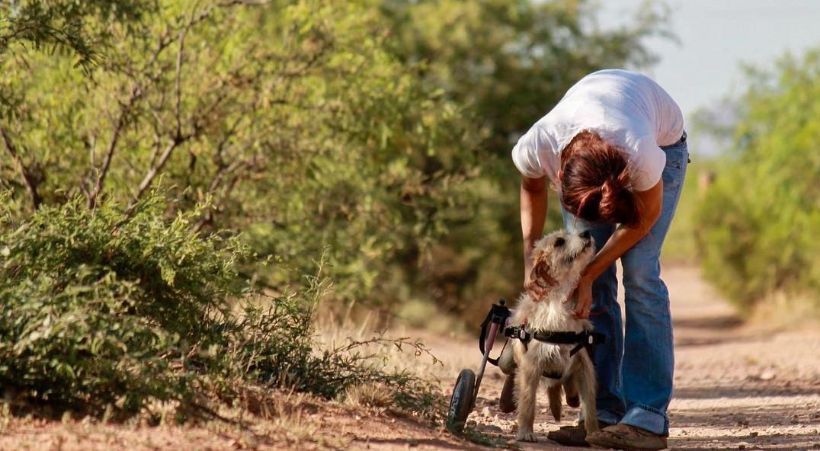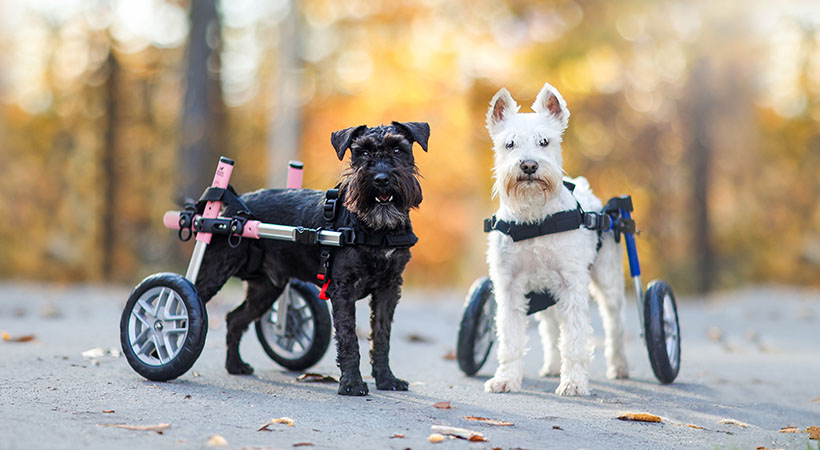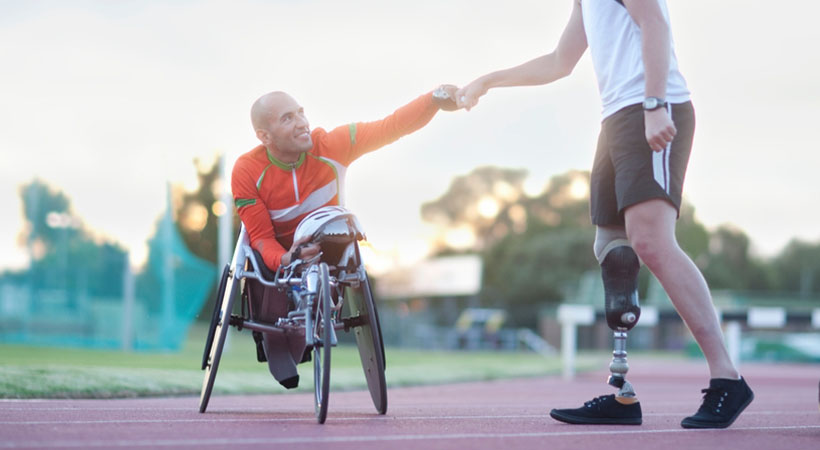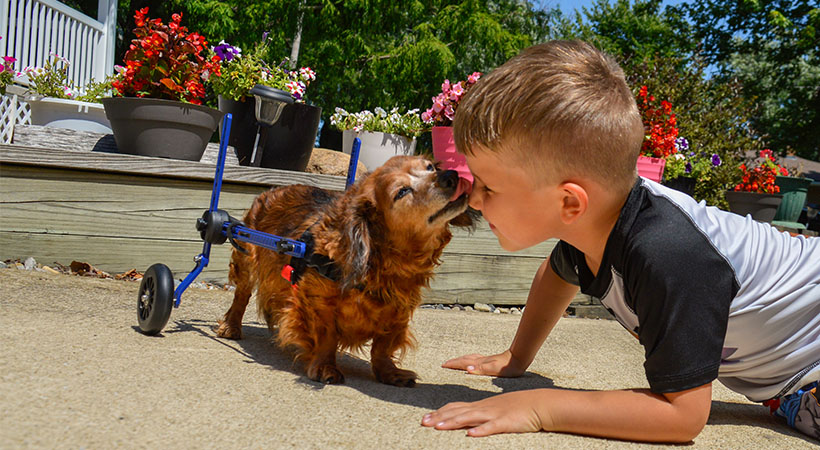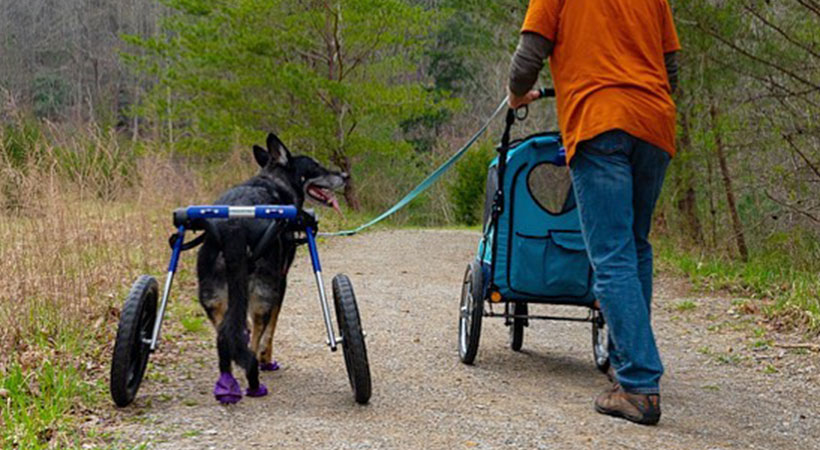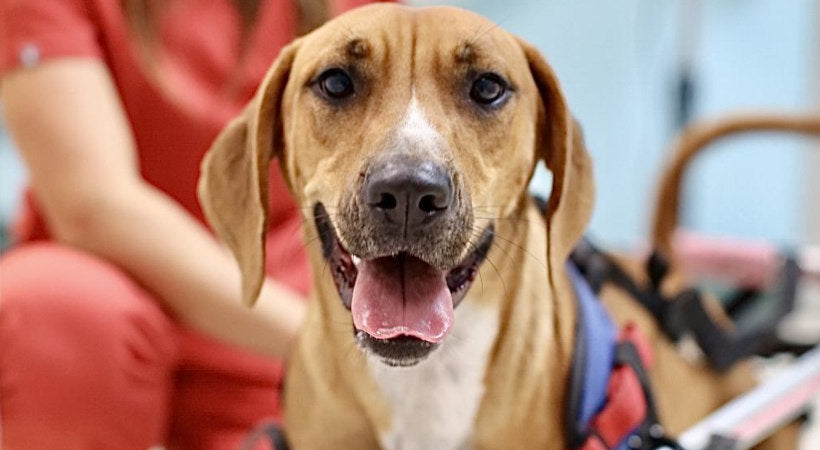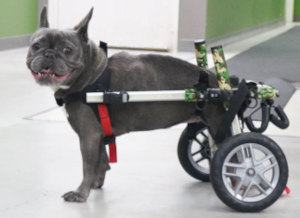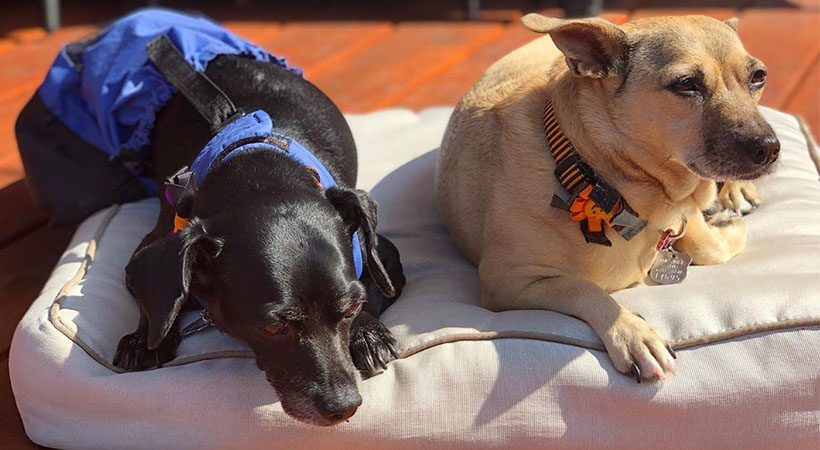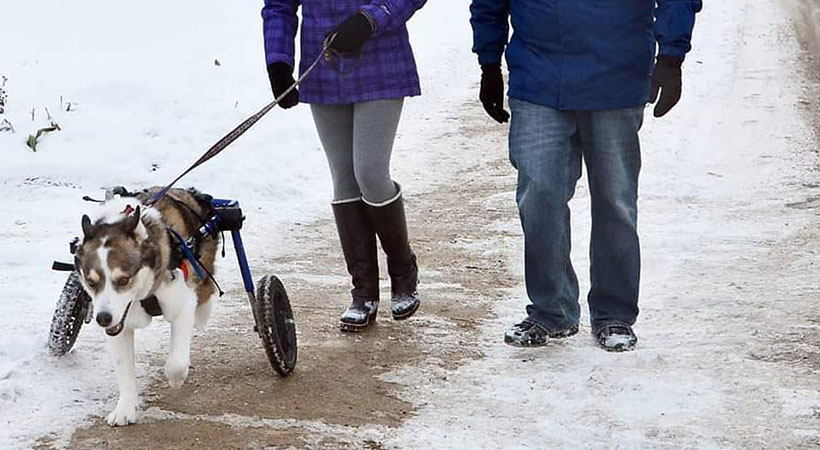Navigating Digital Nomad Life with a Dog
Hit the road and bring your furry companion along for the ride! Living the digital nomad lifestyle means freedom is key, but when you’re traveling with a pet, things can get a bit more complex. But don’t worry, we’ve got you covered! By planning ahead and staying adaptable, you can embrace this thrilling way of life while making sure your pet is well taken care of. Today, Walkin’ Pets invites you to discover how you can wander without limits, while keeping your pet’s needs front and center every step of the way.
Building a Robust Portfolio
Before setting off on your nomadic journey, ensure you have a strong portfolio to showcase your skills. This should include previous work, testimonials, and a clear description of your services. A strong portfolio will help you attract clients and secure projects while on the road. It’s also a good idea to supplement your portfolio with an updated resume that can summarize all the projects and deadlines you’ve worked with. Here’s a free tool that you can use to persuasively highlight all your hard-won experience.
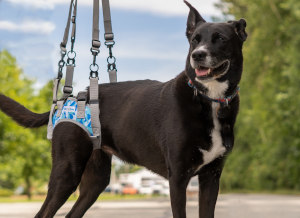
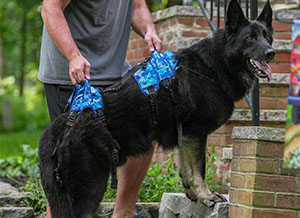
Broadening Horizons: Networking for Success
Networking is crucial for a digital nomad. Connect with potential clients or employers through social media platforms, online forums, and networking events. These connections can lead to job opportunities and valuable partnerships.
Mastering the Art of Time Management
As a digital nomad with a pet, you must be adaptable and manage your time effectively. Design a flexible schedule that allows you to meet work deadlines while also caring for your pet. Remember, your pet will need regular exercise, feeding, and attention.
Establishing a Pet-Friendly Routine
Establishing a routine that caters to both your work and pet care needs is essential. This could include scheduling work hours around your pet’s feeding and walk times. Also, try to create a comfortable workspace where your pet can relax nearby.
Ease Your Pet into the Journey
If your pet isn’t used to traveling, start with small trips before embarking on longer journeys. This will allow them to adjust gradually. Always ensure your pet is safe and secure during travel, and remember to bring their favorite toys or blankets to help them feel more comfortable.
Exploring Green Spaces
Research the availability of pet-friendly parks or areas in your new destination. These spaces are great for your pet to exercise and socialize. It’s also a great opportunity for you to meet other pet owners and possibly learn about local pet resources.
Essential Pet Care Items
As a pet owner, it’s crucial to know what pet care items you’ll always need on hand to ensure your pet is comfortable and safe. This might include essentials like food and water bowls, a comfortable bed, grooming supplies, and toys tailored to their needs. Health-related items such as flea and tick prevention, a well-stocked first-aid kit, and any necessary medications should also be included in your pet care arsenal.
Before purchasing new items – especially dog crates – it’s wise to seek expert pet care advice and read product reviews. This will help you make informed decisions about the best products for your pet’s specific needs, ensuring they remain happy, healthy, and safe no matter where you are. And if your pet is disabled, Walkin’ Pets can help!
Being a digital nomad with a pet requires careful planning and adaptability, but the rewards are worth the effort. Protect your pet and your business with preparation and research. With these tips, you can enjoy the freedom of nomadic life while also providing a loving and stable environment for your furry friend.
Walkin’ Pets is here to give special needs pets the help they need and deserve. Questions? Call 888-253-0777.

